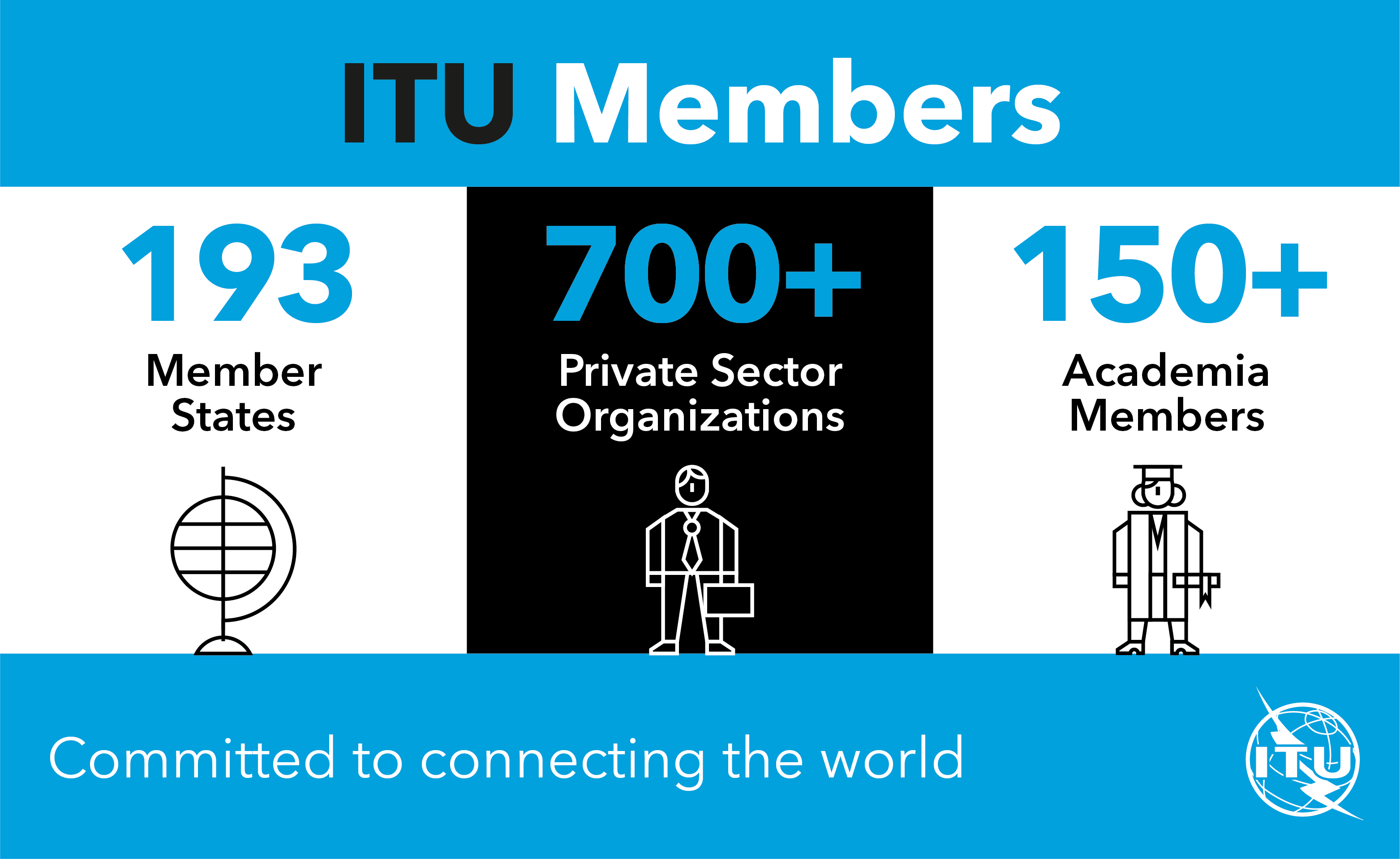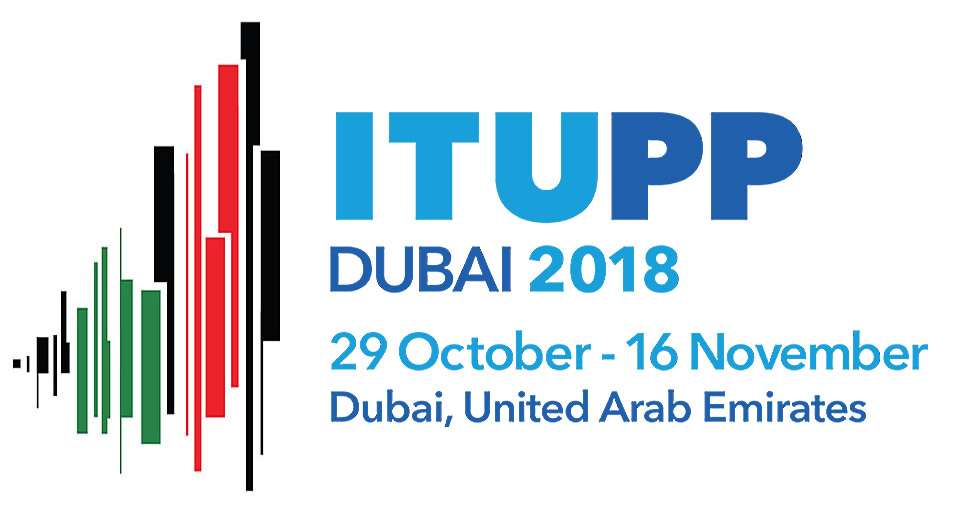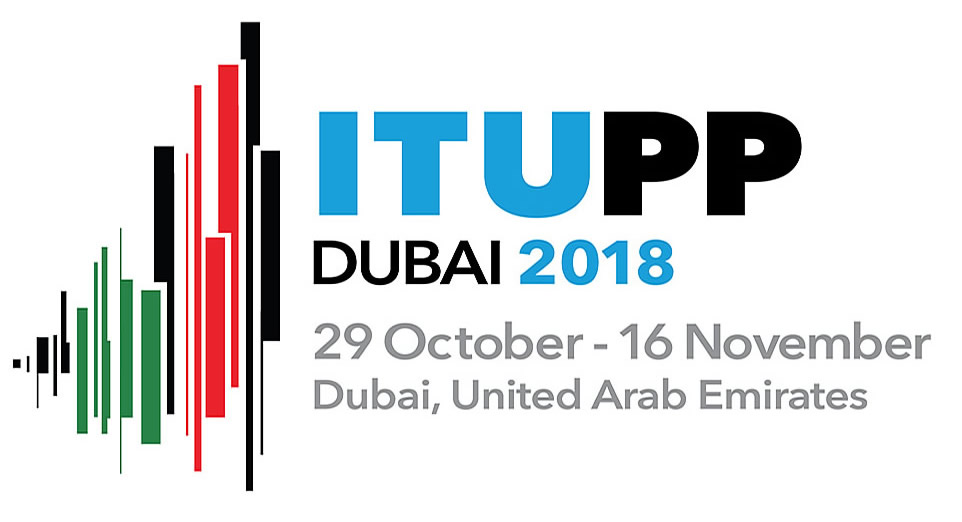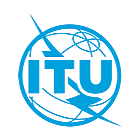This is the version of the backgrounder prepared for the Plenipotentiary 2018 Conference in October/November 2018. For the most recent version of this backgrounder, please see here.
ITU has been based on public-private partnership since its inception in 1865. It is unique in the United Nations family in bringing together 193 Member States, over 700 private sector entities and more than 150 academic institutions.

ITU membership represents a cross-section of the global information and communication technology (ICT) sector, from the world’s largest manufacturers and carriers to small, innovative players working with new and emerging technologies, along with leading R&D institutions and academia.
New private sector members reflect the rapidly changing nature of our digital economy. They include everyone from new tech titans like Google, Facebook, and Netflix to tower companies like China Tower to Internet of Things providers, like Sigfox – and even to automakers such as Hyundai.
Private sector entities join as Sector Members or Associates, allowing them to contribute to global standards and best practices; engage in global and regional debates; launch innovative public-private partnerships; and network with ICT regulators, policy-makers and experts from industry and academia.
Sector Members and Associates have played a vital role in the work of the Union, helping Member States address emerging issues and rapid changes in the telecommunication/ ICT sector.
Government membership structure explained
National governments join ITU as Member States.
The founding Member States of the Union were 20 European countries who signed the first International Telegraph Convention on 17 May 1865 in Paris. The most recent Member is South Sudan, which joined on 3 October 2011.
Member States elect to contribute a voluntary amount to the running of the Union, by choosing freely a ‘class of contribution’ which corresponds to a financial sum.
You can find a full list of class of contributions and an explanation of how States join ITU here.
Private-Sector and Academia membership structure explained
The three Sectors of ITU are open to private sector membership:
- Radiocommunication (ITU-R),
- Telecommunication Standardization (ITU-T)
- Telecommunication Development (ITU-D)
Each Sector of ITU has a number of Study Groups related to the Sectors’ specific field.
Full Sector Members are entitled to participate in all of the Study Groups, while organizations/entities that have a specific focus can choose to participate in a single Study Group as an Associate.
Academia, universities and their associated research establishments benefit from preferential rates, as do Sector Members from some developing countries.



